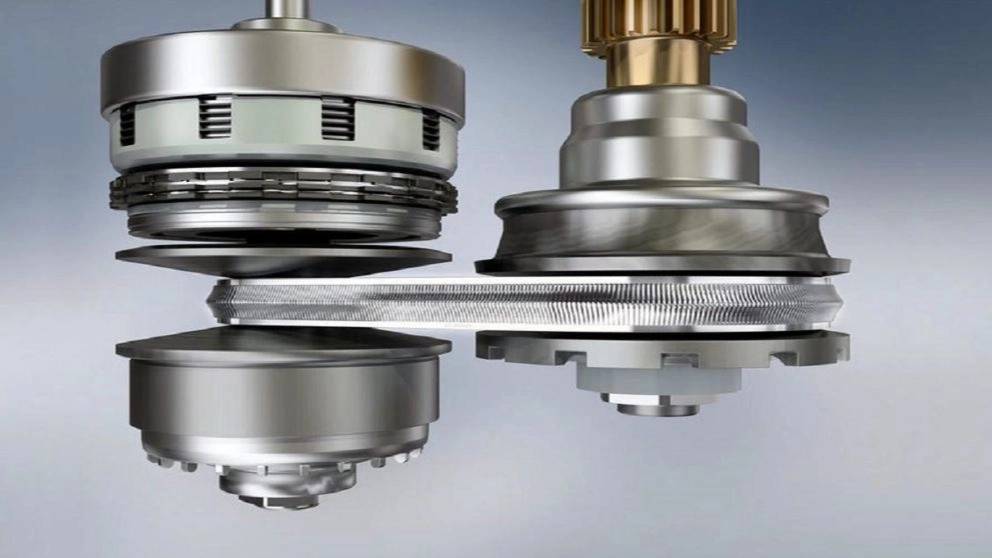Automatic gearbox cars are one of the most popular vehicles in the market. Before choosing a car, you need to decide which gearbox is right for you. To do this, it is necessary to review the information about the automatic and manual power transmission system. Types of gearboxes are not as different as before, but when choosing a car, it is very useful to know the differences and how each gearbox works.
What is Automatic Car?

is a car that has an automatic transmission and does not need a driver to change gears manually. The power transmission system, also known as the gearbox, helps to direct the rotational force and speed of the vehicle. Therefore, automatic transmissions change the gear ratio as the vehicle moves. An automatic transmission uses sensors that allow them to shift gears at the right time using internal oil pressure. Shifting occurs when the transmission is temporarily disconnected from the engine and controlled by the torque converter. You can tell if the car is automatic by looking at the pedals. If the car has two pedals, it means that it is automatic. Manual cars include a third pedal - called the clutch pedal - which is slightly smaller than the brake pedal.
Automatic Gearbox
Automatic torque converter This type of gearbox is the most popular automatic type in cars. A torque converter automatic transmission works by using a pair of hydraulic fluids or a torque converter connected to the engine's electronic control unit, allowing the transmission to control the car. Continuously variable transmission (CVT) The CVT automatic transmission allows an infinite number of "gear ratios" to help a car accelerate without the interruption of gear changes. CVT uses variable width pulleys and belts instead of fixed gears. Semi-automatic transmission (SAT) A semi-automatic has a clutch similar to a manual transmission, but the clutch works through electro-hydraulics and uses sensors, pneumatics, processors and actuators. Tiptronic transmission These automatic transmissions allow drivers to switch out of automatic mode to allow more control over the vehicle's performance, while modifying the driver's performance like an automatic engine. The tiptronic transmission was developed by Porsche.
The Benefits of Automatic Gearbox
Both transmissions have their own unique advantages and driver preferences may vary. Here are some benefits of automatic cars for drivers: It is easier to use in heavy traffic. Manual cars take more work to start, stop and accelerate. In heavy traffic, starting and stopping a vehicle can be frustrating. By pressing a pedal, you can easily start and stop automatic cars.
The gearbox changes quickly and smoothly. Drivers do not have to do anything else to change the transmission in an automatic car because it changes automatically for them. The driver and passengers inside the vehicle usually do not feel when the power transmission system shifts in an automatic transmission.
Learning how to drive in an automatic is easier. Driving a manual vehicle requires more practice than driving an automatic. More limbs are involved with manual machine work. Also, it takes less time to master driving in automatic cars.
Reducing the risk of stopping. A car with a manual transmission can be accidentally stopped at a traffic light by the driver. A car equipped with an automatic transmission is less likely to stop unless the car has a problem in terms of transmission repairs.

